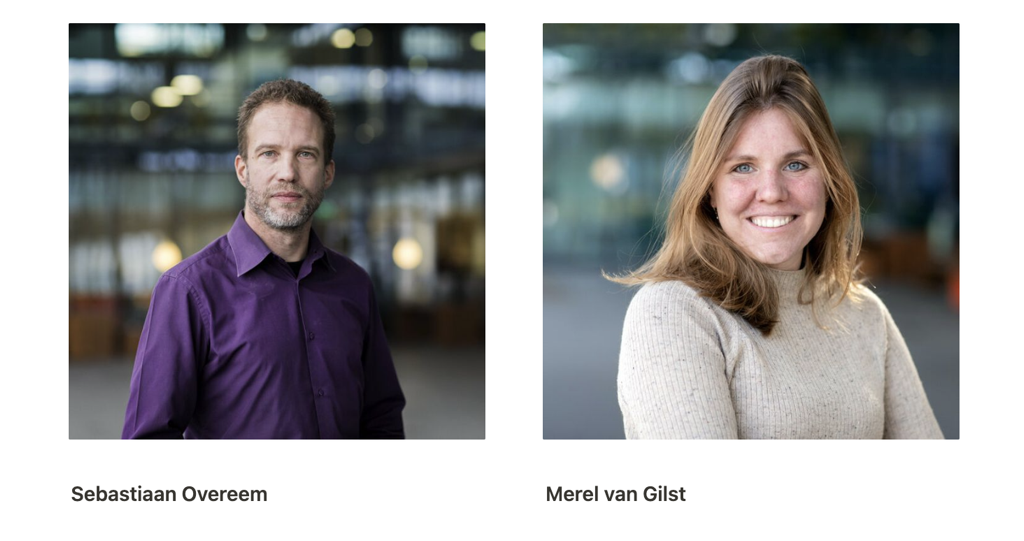Approximately 10% of the world’s population is affected by insomnia, which is just one of a variety of serious sleep disorders. In a new study published in the journal Scientific Reports, TU/e researchers, along with colleagues from Sleep Medicine Center Kempenhaeghe, and Philips within e/MTIC, have developed a more reliable and better performing algorithm based on deep learning to better analyze sleep data for people with sleep disorders that has been measured using wrist-worn wearables.
According to an Irish proverb, “A good laugh and a long nap are the best cures in the doctor’s book.” While almost everyone enjoys a good joke once in a while, a good, long nap is increasingly becoming rare in everyone’s lives.
Therefore, in order to help patients whose sleep quality is disrupted by a sleeping disorder, it is vital to monitor their sleeping patterns closely. In clinical practice, polysomnography(PSG) is considered the Gold standard. In PSG, an array of leads is connected to a patient to detect underlying causes of sleep disturbances. Algorithms developed to monitor sleep with wearables can strongly complement a PSG, which due to its obtrusive nature is typically limited in use to one or at most two nights.
“As clinicians, we would like to have greater insight into sleep patterns over longer periods of time, and that’s where wearable technologies and suitable algorithms can help,” says Sebastiaan Overeem, professor in the department of Electrical Engineering at TU/e and somnologist at Sleep Medicine Center Kempenhaeghe in Heeze.
A new algorithm
In the past, researchers and clinicians used Actigraphy to gather some insight on longer term sleep/wake patterns for patients, which non-invasively monitors body movements over a period of days/ weeks. But Actigraphy has a key disadvantage. “Healthy persons move less when they sleep. However, persons suffering from insomnia can lie awake and be very still, a state that Actigraphy deems to be asleep, when it is not,” notes Overeem.

In a new study recently published in the Nature journal Scientific Reports, Overeem and colleagues from TU/e, Sleep Medicine Center Kempenhaeghe, and Philips took another approach. Co-author Merel van Gilst, assistant professor from TU/e explains. “We started by ‘feeding’ a neural network with the raw movement and heart-beat data, along with gold standard PSG sleep data. Then, we let the algorithm automatically detect features of interest.”
This approach led to the training of a high-performing algorithm that required less computing power and time. “It’s now feasible to implement this algorithm in devices and cloud services for clinical use,” says van Gilst.
“Such technologies and algorithms could be very important additions to the toolkit of those assessing sleep disorders, which can strongly complement the gold standard approach that is PSG ,” notes van Gilst.
With the new algorithm in place, Overeem is excited by the future possibilities. “We can now start studies to really look at what these technologies bring to the clinical setting. For example, we are assessing long-term sleep patterns in patients with insomnia, in an attempt to better assess the severity and variability of the disorder and to further tailor treatment. .”
Added to that Overeem would like to use the data to measure data over a 24-hour period. “In this case, we could get a better idea about the negative effects of disrupted sleep on a patient in their day-to-day activities.”
Further information on the paper
Paper title: A computationally efficient algorithm for wearable sleep staging in clinical populations, Scientific Reports, (2023).
This project was performed within the Eindhoven MedTech Innovation Center (e/MTIC), and in a project involving Eindhoven University of Technology (TU/e), Kempenhaeghe, and Philips.